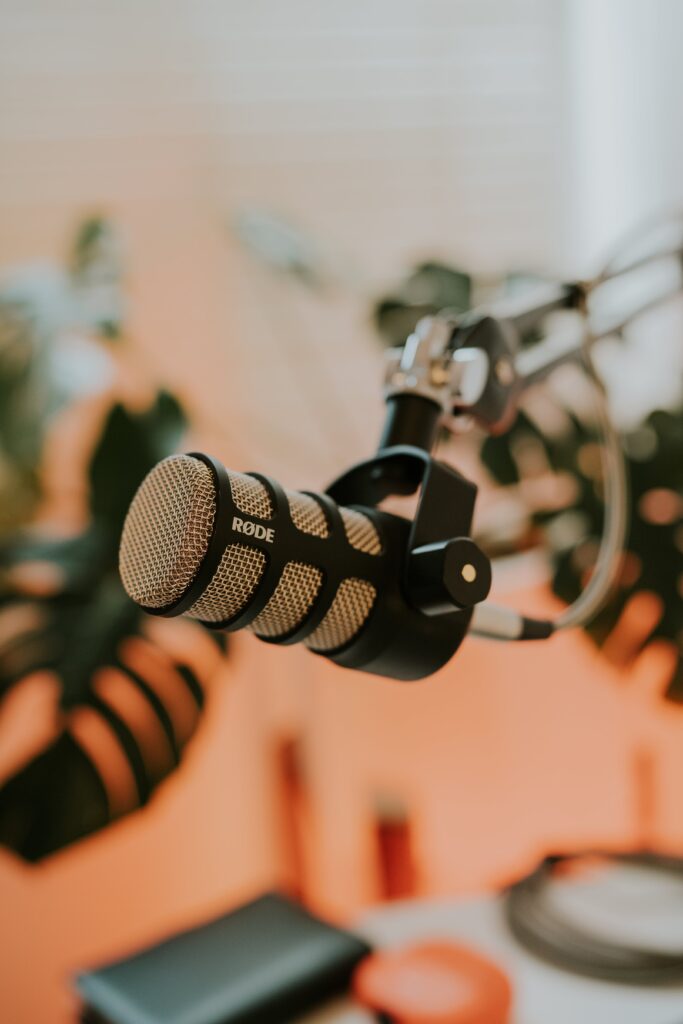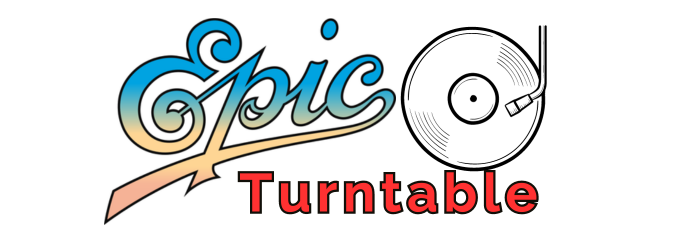Maintaining your turntable belt is essential for preserving its lifespan and ensuring optimal performance. In this article, we will explore the best methods to keep your turntable belt in top condition. From regularly cleaning the belt to checking for signs of wear and tear, these simple and effective techniques will help you prolong the life of your turntable belt and enjoy high-quality audio for years to come. So, let’s dive into the best practices for maintaining your turntable belt and get those vinyl records spinning flawlessly!

Clean the turntable belt regularly
To keep your turntable belt functioning optimally, it is important to clean it regularly. Dust and dirt can accumulate on the belt over time, affecting its performance. To clean the belt, you can remove it from the turntable and gently wipe it with a soft cloth. It is recommended to use a mild cleaning solution specifically designed for turntable belts. Avoid using alcohol or harsh chemicals as they can damage the belt. By regularly cleaning the belt, you can ensure smooth operation and prevent any disruption in sound quality.
Avoid using alcohol or harsh chemicals
When it comes to cleaning your turntable belt, it is crucial to avoid using alcohol or harsh chemicals. While these substances may seem like effective cleaners, they can actually do more harm than good. Alcohol can degrade the material of the belt, causing it to become brittle and prone to cracking. Additionally, harsh chemicals can leave residue on the belt, which can affect its performance and sound quality. Instead, opt for a mild cleaning solution that is specifically designed for turntable belts. This way, you can ensure that your belt remains in pristine condition and continues to provide exceptional audio playback.
Check for any signs of wear and tear
Regularly inspecting your turntable belt for any signs of wear and tear is an important maintenance practice. Over time, the belt can develop cracks or start fraying, which can affect its overall performance. Take the time to examine the belt closely and look for any visible signs of damage. If you notice any cracks or fraying, it is recommended to replace the belt to avoid any further deterioration in sound quality. Additionally, keep an eye out for any signs of stretching, as this can also impact the belt’s performance. By regularly monitoring the condition of your turntable belt, you can ensure smooth operation and optimal sound reproduction.
Ensure proper belt alignment
Proper belt alignment is essential for the optimal functioning of your turntable. Incorrect alignment can lead to issues such as speed variations or skipping. To ensure proper alignment, start by aligning the belt along the pulleys. The belt should fit snugly and not be too loose or too tight. If necessary, you can adjust the tension of the belt to achieve the correct alignment. It is important to consult the turntable’s manual or manufacturer for specific instructions on how to align the belt properly. By ensuring proper belt alignment, you can enjoy accurate audio playback and prevent any potential damage to your turntable or records.

Avoid excessive stretching of the belt
Excessive stretching of the turntable belt can have negative consequences on its performance and lifespan. When installing or removing the belt, it is important to use proper techniques to avoid stretching it beyond its limits. Overstretching can cause the belt to lose its elasticity, impacting its ability to maintain consistent speed and tension. Be gentle when handling the belt and ensure that it fits snugly around the pulleys without unnecessary strain. By practicing caution and using proper techniques, you can prolong the life of your turntable belt and ensure optimal performance.
Store the turntable properly
Proper storage of your turntable is crucial to maintain the longevity and performance of the belt. When not in use, it is recommended to keep the turntable in a dust-free environment. Dust particles can accumulate on the belt, affecting its overall operation and sound quality. To protect the belt, it is advisable to store it separately in a protective case or bag. This will help prevent any physical damage or exposure to elements that can impact the belt’s performance. By storing your turntable and belt correctly, you can ensure that they are always in pristine condition and ready for optimal audio playback.

Use a record weight or clamp
To enhance your turntable belt’s performance, consider using a record weight or clamp. These accessories can reduce slippage of the belt, ensuring a stable and consistent rotation speed. By increasing the contact between the belt and the platter, a record weight or clamp can help improve the overall sound quality. It also helps in reducing any unwanted vibrations or resonance that can affect the performance of the belt. Adding a record weight or clamp to your setup can be a simple yet effective way to enhance the audio experience and prolong the life of your turntable belt.
Replace the belt when necessary
Even with proper maintenance, turntable belts will eventually wear out over time. Therefore, it is essential to periodically check for any signs of deterioration or poor performance. If you notice a decline in sound quality, speed irregularities, or any other issues, it may be an indication that the belt needs replacement. Consult the manufacturer’s recommendations for the appropriate time to replace the belt based on usage and the specific model of your turntable. By replacing the belt when necessary, you can ensure that your turntable continues to deliver exceptional sound quality and perform optimally.
Avoid direct sunlight and extreme temperatures
When it comes to storing your turntable and preserving the integrity of the belt, it is important to avoid direct sunlight and extreme temperatures. Direct sunlight can lead to the degradation of the belt material, causing it to become brittle and prone to cracking. Similarly, exposing the turntable to extreme temperatures can also have a detrimental effect on the belt’s performance. It is best to store the turntable in a cool, dry place away from any direct sunlight or sources of heat. This will help maintain the belt’s elasticity and ensure long-lasting performance.
Use the correct belt for your turntable
To ensure optimal performance and functionality, it is crucial to use the correct belt for your specific turntable model. Refer to the turntable’s manual or consult the manufacturer to determine the appropriate belt for your turntable. Using an incorrect belt can lead to various issues such as speed irregularities, tension problems, and even damage to the turntable or records. By using the correct belt, you can enjoy seamless audio playback and prolong the lifespan of both the belt and your turntable. Always prioritize compatibility to achieve the best sound quality and overall performance.
In conclusion, maintaining your turntable belt is essential for optimal performance and sound quality. By regularly cleaning the belt, avoiding the use of alcohol or harsh chemicals, and checking for signs of wear and tear, you can ensure that your turntable belt functions smoothly. Additionally, proper belt alignment, avoiding excessive stretching, and utilizing accessories such as record weights or clamps can further enhance the performance of the belt. Storing the turntable in a dust-free environment, replacing the belt when necessary, and protecting it from direct sunlight and extreme temperatures are also important maintenance practices. Lastly, using the correct belt for your turntable model is crucial for optimal performance. By following these best practices, you can enjoy exceptional audio playback and prolong the life of your turntable belt.

Hi there! I’m Eric Hoffman, the author behind EpicTurntable.com. I’m passionate about revolutionizing your music experience through vinyl. At EpicTurntable.com, you’ll find everything you need – from turntables and vinyl records to accessories. Whether you’re an audiophile or just starting out, I offer expert reviews, insightful articles, and the latest trends in the world of turntables. Dive into our community forums to connect with fellow vinyl lovers, or explore our online store for exclusive deals. Join me at EpicTurntable.com, where I’m dedicated to bringing you the classics and the latest hits all in one place!

